
Today, the world is witnessing the original logic of Zionist territorial consolidation in the Levant as it mutates but persists — like a serpent uncoiling through time, holding Plan Dalet in its forked tongue and injecting it with new poison. From the Allon Plan to the Dahiya Doctrine, from Lebanon to Syria and Gaza, Israel’s expansionism continues to adapt to legal, geopolitical, and technological terrains.
The blueprint of Plan Dalet — seize territory first, reshape the population map through force, negotiate later — remains embedded in the architecture of peace negotiations. Gaza, like the West Bank, Golan and Southern Lebanon before it, has become a space where military control precedes political settlement, and where humanitarian crisis is not a constraint, but a tool of leverage.
Gaza is the boiling point of this logic: a site where displacement, catastrophe, and domination are weaponized to shape political outcomes — where genocide is wielded not in spite of diplomacy, but in service to it.
Since early 2025, Israel has seized large swaths of the Strip, confining over two million Palestinians into shrinking “humanitarian zones” while maintaining full military control over the rest. It has backed armed proxies to destabilize governance, restricted aid to exert pressure, and floated plans for “voluntary emigration” in its post-war vision.
These moves echo Plan Dalet’s ethos. While settlers don’t populate Gaza, demographic shifts are achieved through displacement, and the ensuing humanitarian crisis is framed not as a failure — but as an opening for political restructuring. In effect, suffering becomes the bargaining chip.
As normalization talks with Saudi Arabia and Syria advance, Israel continues its occupation, curbs aid, and confines population movement. These aren’t violations to be reversed — they’re increasingly treated as facts on the ground that diplomacy must accommodate.
The proposed ceasefire includes phased withdrawals, but contingent on Hamas’s removal and the rise of a compliant authority — echoing the 1949 armistice logic where Palestinians were absent from negotiations andDarwis maps were redrawn under duress. Thus, occupation becomes the diplomatic baseline; normalization proceeds through devastation.
While U.S.–Israel negotiations rest atop this architecture, some actors — including South Africa, UN Rapporteurs, and transnational solidarity networks — are beginning to name its logic.
Though rarely invoking Plan Dalet directly, they condemn its enduring legacy: forced displacement, demographic engineering, and territorial conquest as strategic tools of domination. South Africa’s 2023 case at the International Court of Justice accused Israel of genocide in Gaza, citing patterns of ethnic cleansing rooted in the Nakba. The UN Human Rights Council and Special Rapporteurs have repeatedly referenced the ongoing Nakba — linking present-day violations to the foundational expulsions of 1948.
Jewish Voice for Peace has gone further, explicitly naming Plan Dalet as the blueprint for a settler-colonial regime expanding through military and legal means. The Arab League and Iran continue to denounce Israeli expansionism in Syria, Lebanon, and Palestine as part of a broader Zionist project of regional domination. Even when “Plan Dalet” isn’t spoken aloud, its logic — conquest first, negotiation later — is being recognized and increasingly challenged.
.
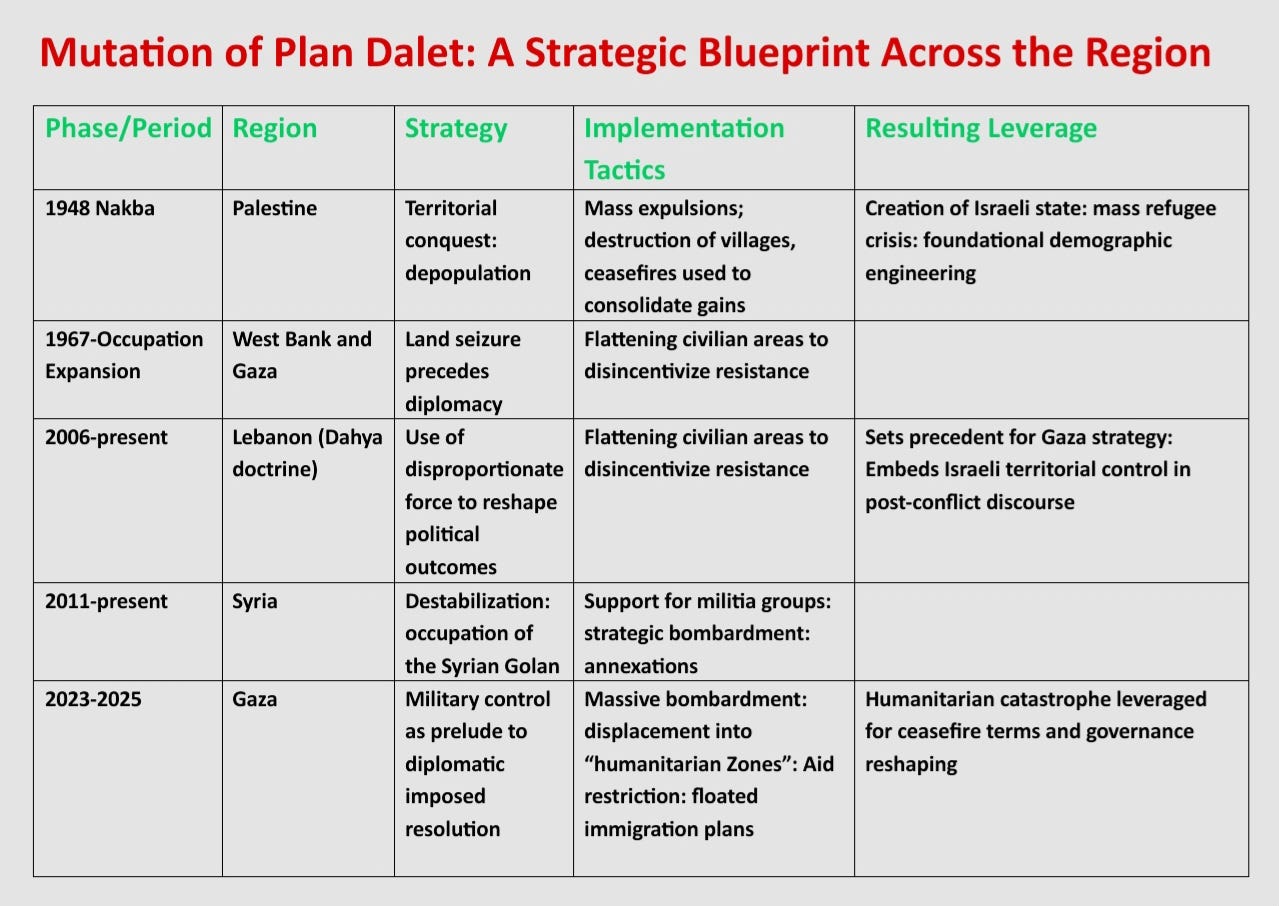
Mutation of Plan Dalet: A Strategic Blueprint Across the Region
.
Meanwhile, in a moment of stark geopolitical irony, Benjamin Netanyahu has criticized the century-old Sykes–Picot Agreement, claiming that British and French diplomats “failed to draw the borders correctly.” This framing was offered as part of a justification for Israeli territorial claims — particularly regarding the Golan Heights — but it underscores a deeper contradiction: the borders imposed by colonial powers were deemed illegitimate, yet the Zionist project itself was midwifed by those very powers, and has been expanded not through correction but through annihilation.
Netanyahu’s critique is weaponized to justify neocolonial violence. It inadvertently lays bare the hypocrisy: he laments artificial borders while presiding over a regime whose own blueprint for expansion — Plan Dalet — did not seek to redraw maps based on indigenous presence, but to erase it altogether. It wasn’t bad cartography that Israel challenged — it was the refusal to accept Palestinian existence on any map at all.
.
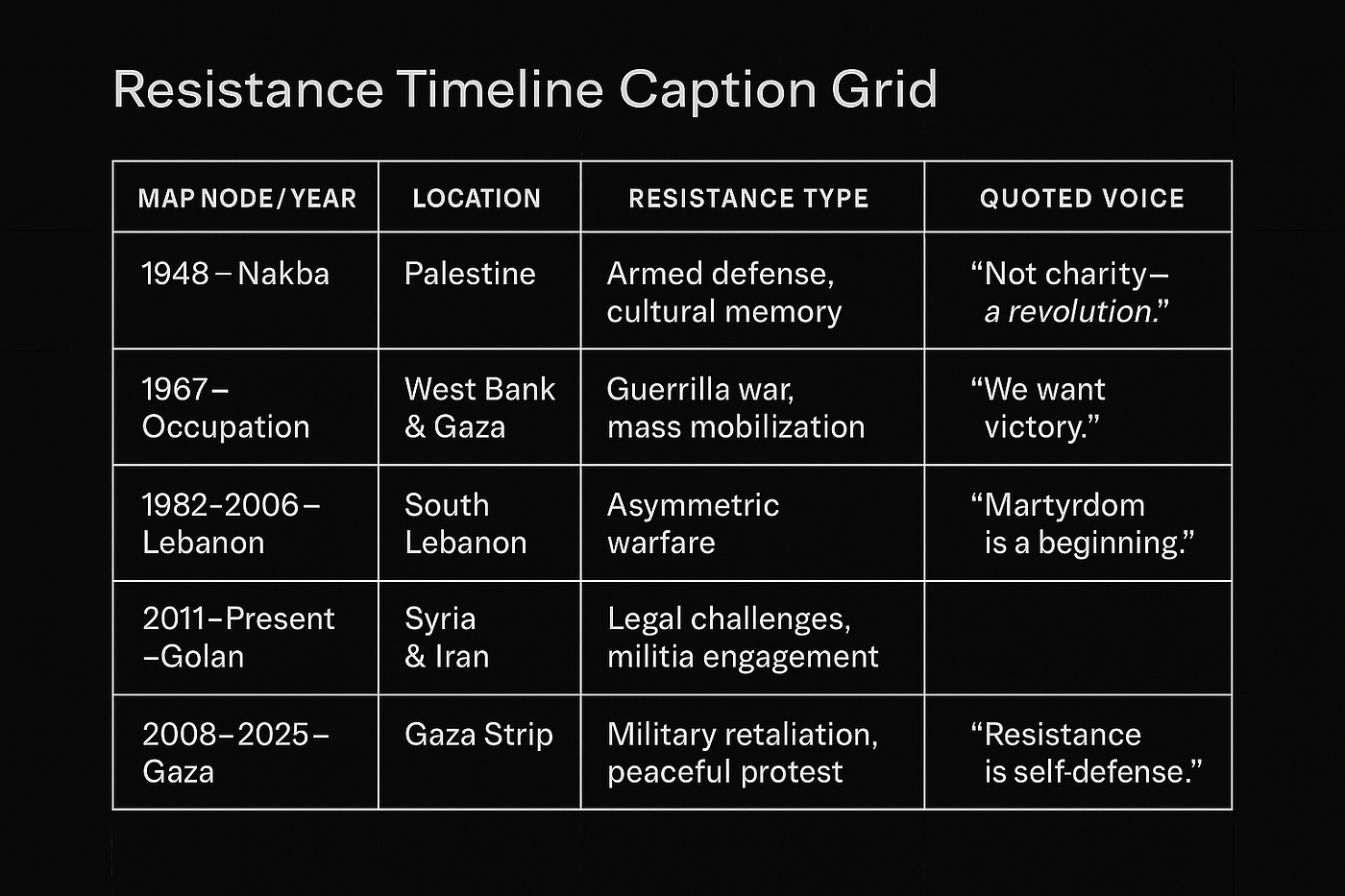
Resistance as structural refusal
.
And in tandem with conquest, Arab resistance has persisted — not as reaction but as structural refusal.
In 1948, amid the Nakba’s mass expulsions, the Holy War Army and Arab volunteer fighters mounted defense amid collapsing support and British withdrawal. Yet Zionist militias prevailed through coordinated force, village massacres, and British facilitation. Palestinian resistance was militarily quashed and diplomatically erased. “The Palestinian cause is not a quest for charity, it is a revolution,” wrote Ghassan Kanafani, transforming ruin into political clarity.
By 1967, guerrilla movements like Fatah and the PFLP erupted. The PLO emerged as a diplomatic force, while grassroots organizing laid the groundwork for the First Intifada. But counterinsurgency and diplomatic exclusion gutted their momentum. “We don’t want peace, we want victory,” declared Yasser Arafat — yet what was granted was autonomy without sovereignty.
In Lebanon, Hezbollah’s rise defied Israel’s deterrence doctrine — but bombings, sieges, and diplomatic isolation followed.
“You cannot defeat a people who believe that martyrdom is a beginning, not an end,” said Hassan Nasrallah, even as resistance was branded illegitimate.
In Syria, legal denunciation of Golan’s annexation met global silence. Iran-aligned militias confronted entrenchment, but territorial shifts remained unchanged.
In Gaza, Hamas, Islamic Jihad, and the Great March of Return met military invasions, sniper fire, and diplomatic framing as terror. Legal bids like South Africa’s ICJ case remain pending, while BDS and documentation campaigns grow.
“We chose resistance because it is the only way to defend ourselves,” declared Leila Khaled, affirming Gaza’s voice amid siege.
And through it all, Mahmoud Darwish’s words echo:
“Where should we go after the last border? Where should birds fly after the last sky?”
In July 2025, UN Special Rapporteur Francesca Albanese issued one of the most forceful condemnations to date. Her report accuses Israel of operating an “economy of genocide” — a system where occupation, apartheid, and mass displacement are monetized.
Corporate actors — including Microsoft, Amazon, Lockheed Martin, and Caterpillar — are named as complicit in this settler-colonial project. Gaza, she writes, has become a “live-testing ground” for AI targeting and biometric surveillance, with over 85,000 tons of explosives dropped since October 2023. Corporate profits and the Tel Aviv Stock Exchange soared in tandem.
Her demands:
- Global arms embargo
- Sanctions on complicit corporations
- Suspension of trade agreements
- Legal accountability for enabling institutions
Albanese insists: this is not a string of abuses. It is a systemic machinery where genocide is not merely tolerated — but incentivized.
This is not a distortion of diplomacy — it is its monstrous fulfillment.
Plan Dalet has not faded into history; it has evolved into an architecture of annihilation, where suffering is transmuted into bargaining power and domination is dressed as peace. Every forced displacement, every stalled aid truck, every bomb dropped is part of the negotiation.
If diplomacy demands genocide to proceed, then it is not peace we are chasing — it is a reckoning. And that reckoning begins by naming this system for what it is: A machinery that profits from death, and a world order that enables it.
*
Click the share button below to email/forward this article. Follow us on Instagram and X and subscribe to our Telegram Channel. Feel free to repost Global Research articles with proper attribution.
Rima Najjar is a Palestinian whose father’s side of the family comes from the forcibly depopulated village of Lifta on the western outskirts of Jerusalem and whose mother’s side of the family is from Ijzim, south of Haifa. She is an activist, researcher, and retired professor of English literature, Al-Quds University, occupied West Bank. Visit the author’s blog.
She is a regular contributor to Global Research.
Featured image: “IOF soldier wearing the map ‘Greater Israel,’ which includes all of Palestine, the Syrian Golan, and the Egyptian Sinai, openly, calling for more land theft from Arabs.” https://t.co/m0y193d3GN
Global Research is a reader-funded media. We do not accept any funding from corporations or governments. Help us stay afloat. Click the image below to make a one-time or recurring donation.


.png) 3 day_ago
8
3 day_ago
8











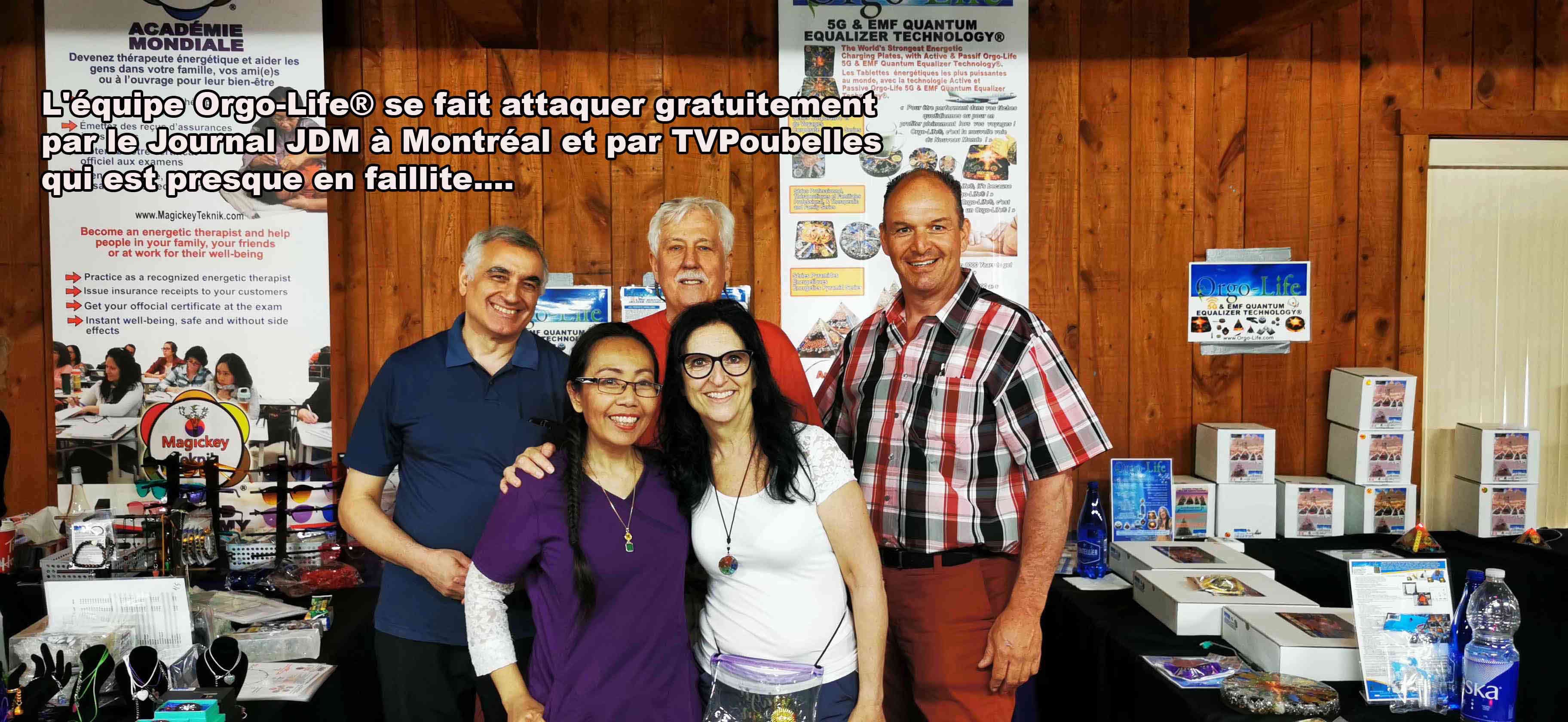


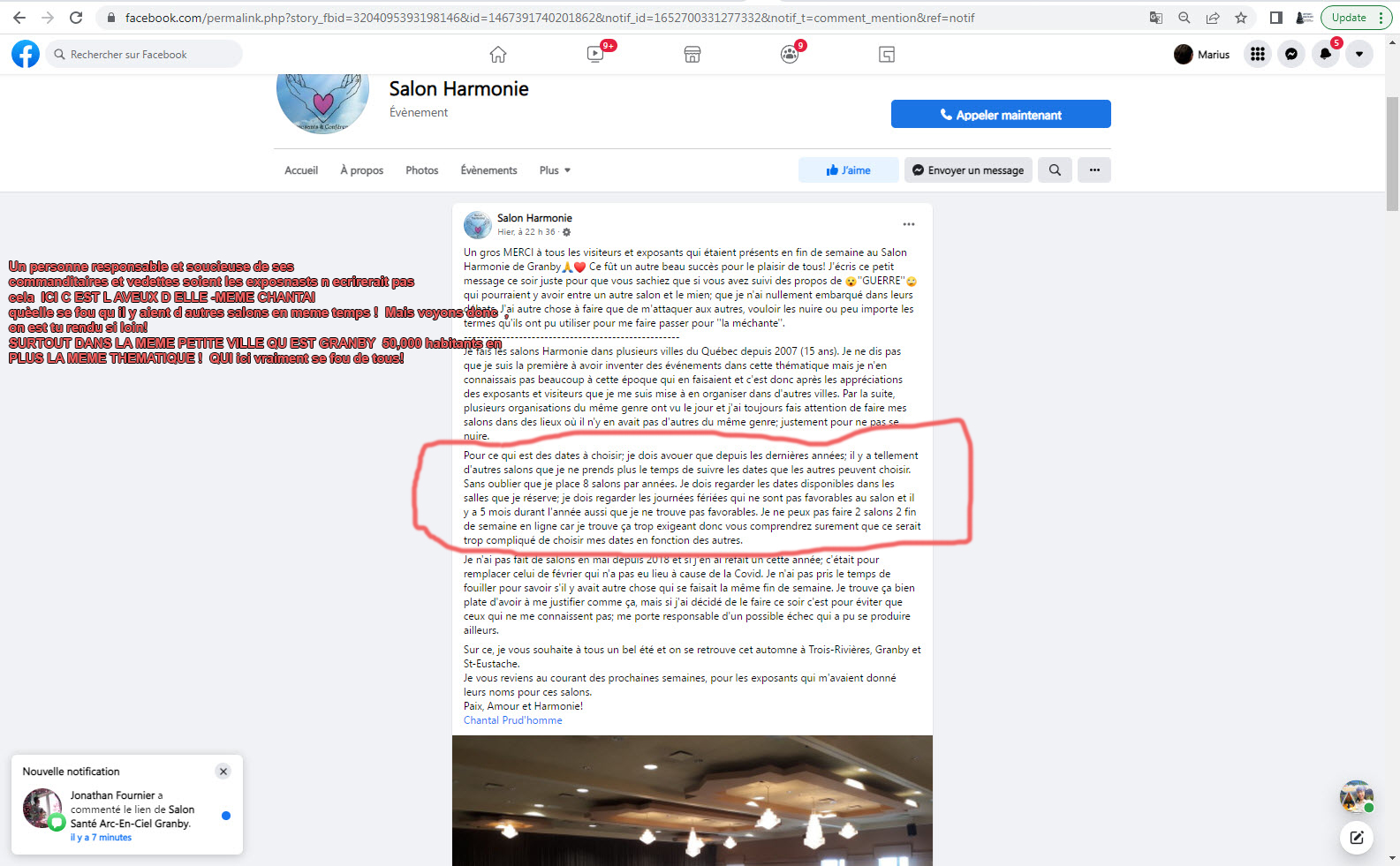

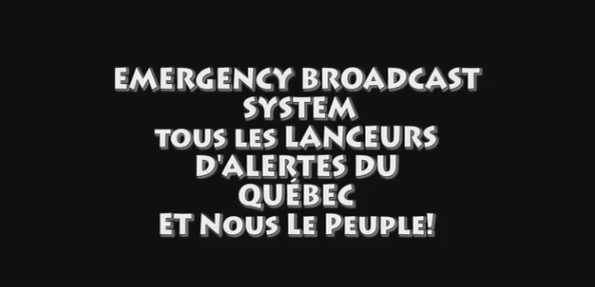
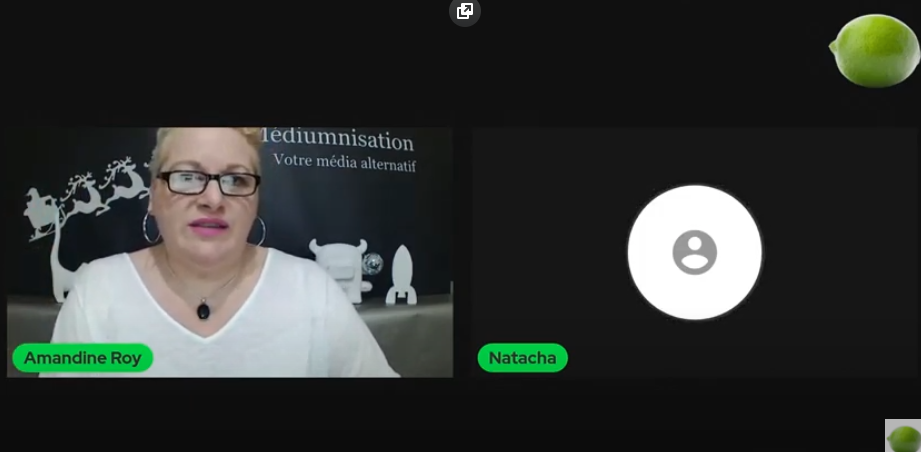




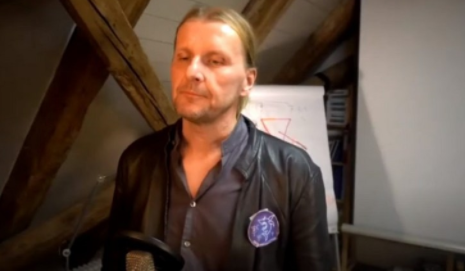



 French (CA)
French (CA)